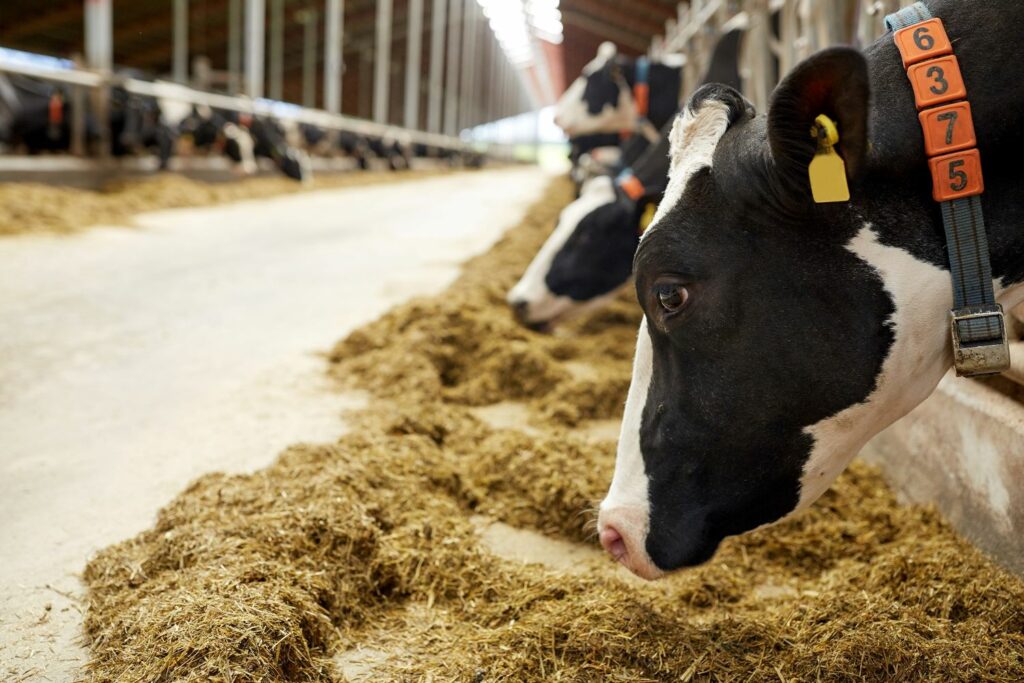First cut silage from 2022 labelled ‘power feed’ by analysts
25th November 2022
Due to the sunny weather experienced in spring 2022, first cut silage from this year is exceptionally high in sugar content, allowing farmers to offset the lower value of subsequent cuts throughout the coming winter.
In the Netherlands, where spring and summer weather was similar to the UK, cuts measured have shown an average sugar level of 129 g/kg, an increase of 41 g/kg on the previous year. According to the results published by the testing company Eurofins, first cut silage form this year has a much higher feed value than any other year on record.
Sophie Cath from Eurofins Agro UK said: “The results of more than 1000 spring silages, from the Netherlands, confirm these very high sugar content levels. 129 g/kg is unheard of and will have knock-on effect this winter, helping some farms to mitigate the high costs of input by feeding better forage.
“The high feed value is also remarkable, with an average “Feed Unit Milk” (Dutch NEL system) of 984 making this grass almost identical in value to 1 kg of standardised barley when comparing mega joules per kg of product.”
The results suggest silage made from this ‘super grass’ even has the potential to act like concentrate. At the same time, farmers should be aware that high sugar levels will make the silage more prone to heating and spoiling in the clamp.
Miss Cath recommends that clamps and bales be monitored closely with regular testing to determine the amount of sugar reacting in these first cuts. “Using a dry NIR method is more accurate and will show the sugar, DM [dry matter] and NDF [neutral detergent fibre] in silage,” she added.
While the cool and dry weather this spring slowed grass growth, more exposure to sunlight resulted in increased sugar storage capacity in the crop. Since this grass was cut young due to cool temperatures, sugar levels in first cuts ended up being considerably higher than in other years.
“This is further reflected in a lower share of cell walls, with an average NDF content of 427 g/kg, compared to the long-term average of 473 g/kg,” Miss Cath explained.
“NDF digestibility is also higher than the long-term average, at 77.4% vs. 74.0% respectively. The silage is generally well preserved with an average dry matter content of 42.6% and a pH value of 4.8,” she added.
Miss Cath also advised livestock farmers to carefully ration this high-value feed throughout winter to maximise milk from forage and counteract the lower value of subsequent cuts.
“The continued dry weather experienced during summer and autumn will have caused grass yields to drop,” she pointed out.
“With less feed it is of paramount importance to know what is in the clamp and how to feed it out accurately over winter. Only accurate testing will achieve this and regular tests will enable farmers to be more accurate and maximise milk from forage this winter,” Miss Cath concluded.

